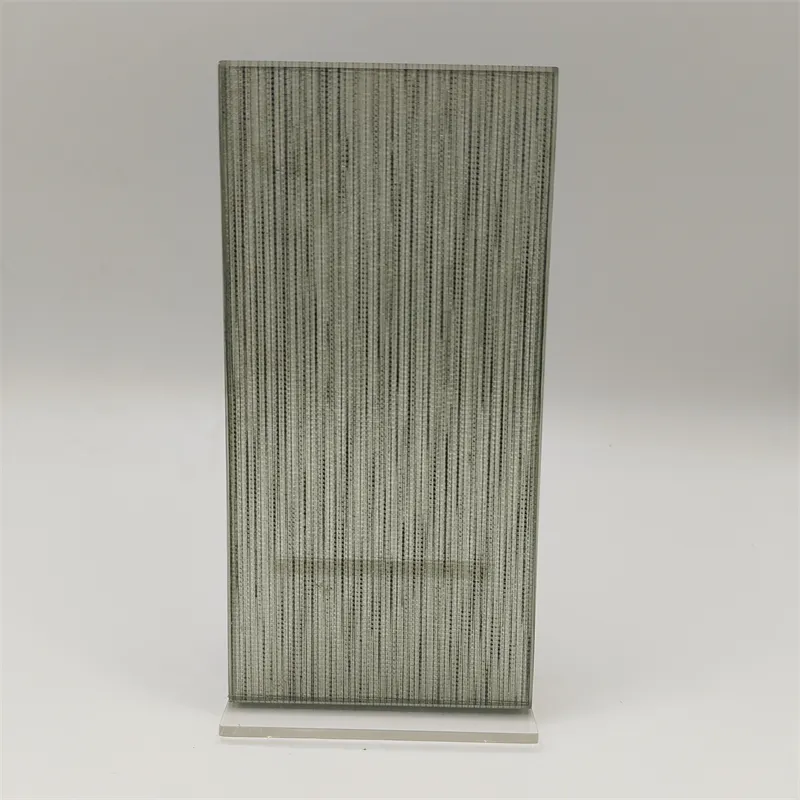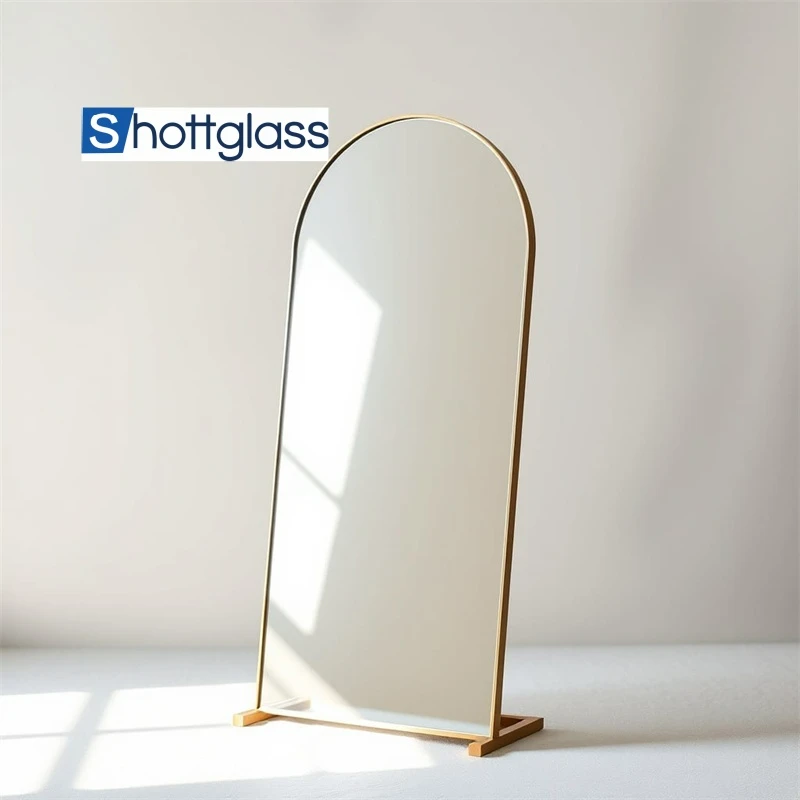Oct . 06, 2024 17:47 Back to list
what's the difference between tempered glass and regular glass
The Difference Between Tempered Glass and Regular Glass
Glass is a ubiquitous material used in various applications, from windows to kitchenware. However, not all glass is created equal. Among the different types of glass, tempered glass and regular glass are two of the most commonly encountered. Understanding the differences between these two types can help consumers make informed choices based on safety, durability, and application.
What is Regular Glass?
Regular glass, often referred to as annealed glass, is produced through a simple process of melting silica, soda ash, and limestone, followed by cooling. This glass is relatively simple and inexpensive to manufacture. However, it has low resistance to impact and thermal stress. When subjected to sudden changes in temperature or physical stress, regular glass can break easily, leading to sharp shards that can be dangerous.
What is Tempered Glass?
Tempered glass, on the other hand, undergoes a meticulous manufacturing process that enhances its strength. After the glass is formed, it is heated to high temperatures of around 600 degrees Celsius and then rapidly cooled. This tempering process increases the glass's tensile strength and makes it far more resistant to impact and thermal shock. As a result, tempered glass can withstand extreme temperatures and high pressure that would ordinarily cause regular glass to shatter.
Safety Features
what's the difference between tempered glass and regular glass

One of the most significant differences between tempered and regular glass is safety. When broken, regular glass can splinter into dangerous, sharp shards that pose a risk of injury. In contrast, tempered glass crumbles into small, blunt pieces, significantly reducing the risk of cuts and injuries. This characteristic makes tempered glass the preferred choice for environments where safety is a primary concern, such as in shower doors, glass doors, and facades.
Applications
Because of its durability, tempered glass is used in various applications where safety and strength are vital. Common uses for tempered glass include automotive windows, commercial buildings, and glass table tops. Regular glass, though less durable, is often utilized in applications where safety is less of a concern, such as picture frames, basic windows, and decorative items.
Cost Considerations
It's important to note that tempered glass generally comes with a higher price tag compared to regular glass due to its complex manufacturing process. However, the investment may be worth it in the long run, particularly in applications where safety, durability, and thermal resistance are critical.
Conclusion
In summary, while both tempered glass and regular glass serve essential functions, their properties, safety, and applications vary significantly. Tempered glass provides superior strength and safety features, making it ideal for high-stress environments, whereas regular glass remains a cost-effective choice for less demanding applications. By understanding these differences, consumers can better select the right type of glass for their specific needs, ensuring safety, durability, and, ultimately, peace of mind in their choices.
-
The Science of Laminated Glass
NewsAug.29,2025
-
Reflective Glass Facades: Modern Aesthetics and Energy Efficiency
NewsAug.29,2025
-
Mirror Glass: Transforming Commercial Spaces
NewsAug.29,2025
-
Insulated Glass: Energy & Cost Benefits
NewsAug.29,2025
-
Frosted Glass Walls: Modern Partition Solutions
NewsAug.29,2025
-
Blue Coated Glass: Features and Benefits
NewsAug.29,2025
Related PRODUCTS














